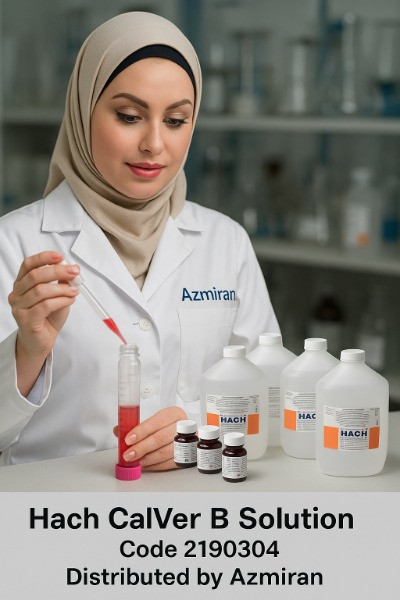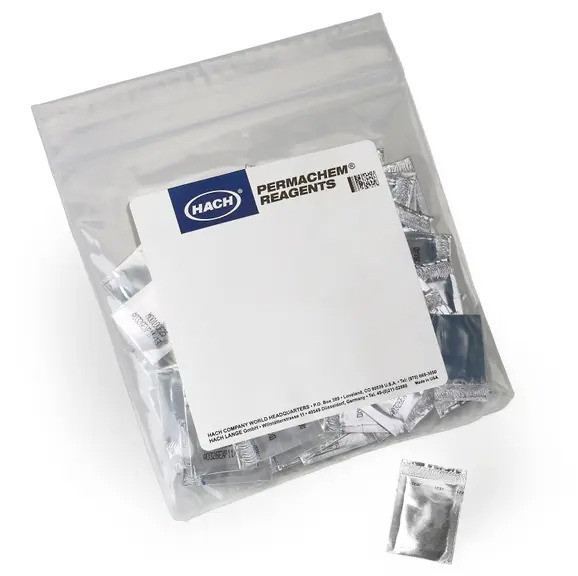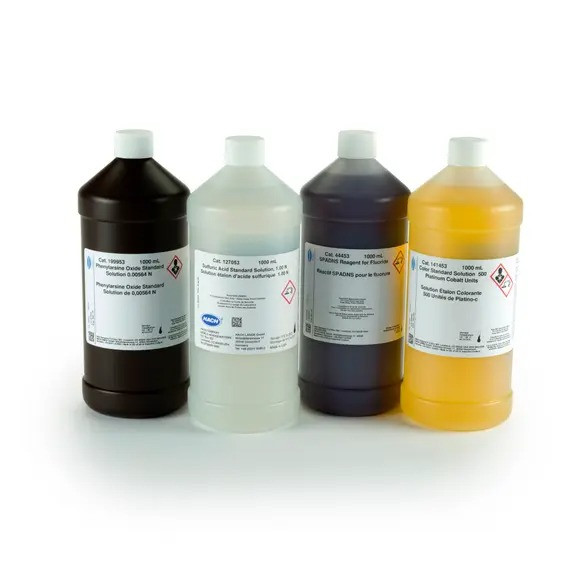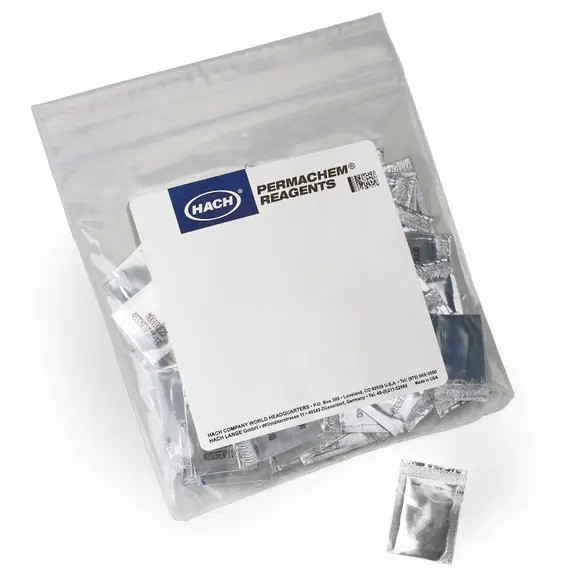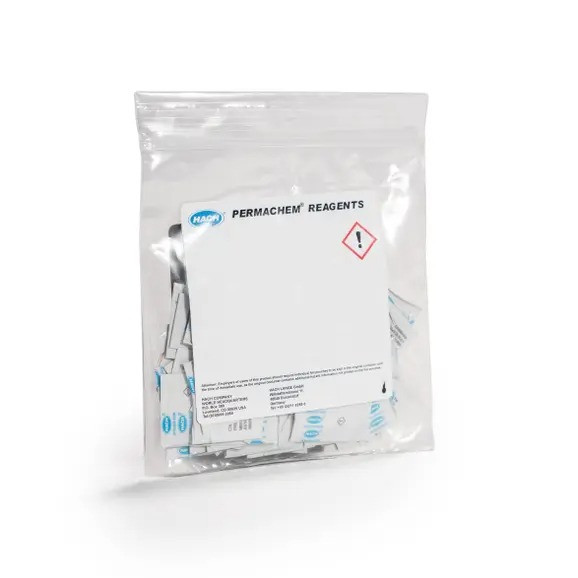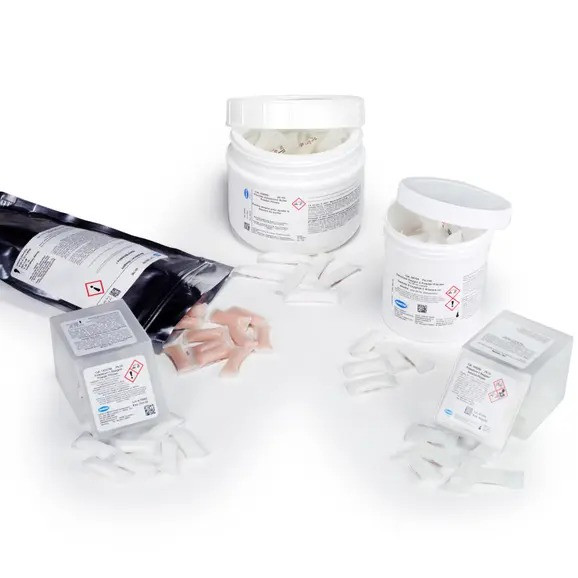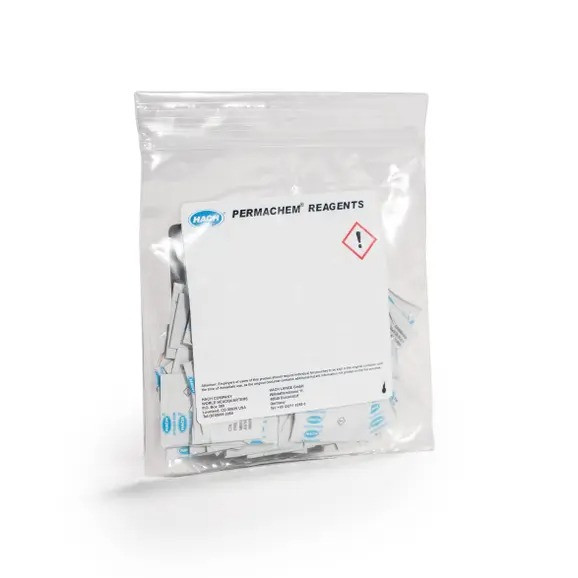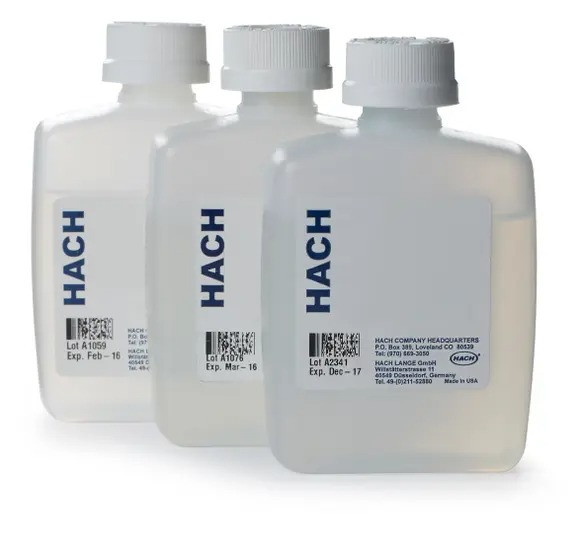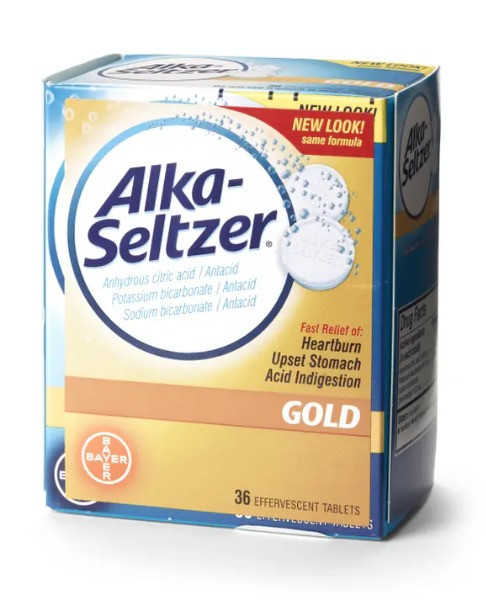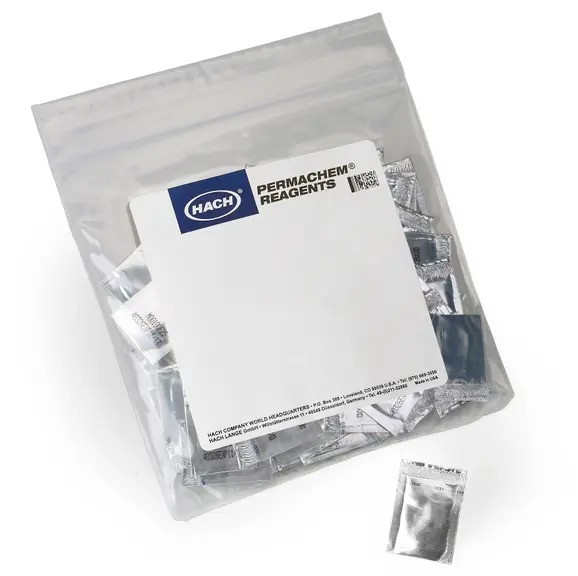اعتبار قیمت 95.7.1
لطفا پس از پایان اعتبار قیمت با تلفن 88920648 تماس حاصل فرمائید
Overview
- Product nameAnti-Tyrosine Hydroxylase antibody
See all Tyrosine Hydroxylase primary antibodies - DescriptionSheep polyclonal to Tyrosine Hydroxylase
- Tested applicationsICC/IF, IHC-Fr, WB, IP, IHC-FoFrmore details
- Species reactivityReacts with: Mouse, Rat
Predicted to work with: all Mammals
- Immunogen
Full length native protein (purified) corresponding to Rat Tyrosine Hydroxylase. SDS-denatured, native rat tyrosine hydroxylase purified from pheochromocytoma (rat)
Database link: P04177 - General notes
ab113 can be used as a marker for dopaminergic and noradrenergic neurons.
Properties
- FormLiquid
- Storage instructionsShipped at 4°C. Store at +4°C short term (1-2 weeks). Upon delivery aliquot. Store at -20°C long term. Avoid freeze / thaw cycle.
- Storage bufferPreservative: None
Constituents: 50% Glycerol, PBS, 100µg/ml BSA, 150mM Sodium chloride, 10mM HEPES, pH 7.5 -
Concentration 100 µl at 0.15 mg/ml
- PurityImmunogen affinity purified
- ClonalityPolyclonal
- IsotypeIgG
- Research areas
Applications
Our Abpromise guarantee covers the use of ab113 in the following tested applications.
The application notes include recommended starting dilutions; optimal dilutions/concentrations should be determined by the end user.
| Application | Abreviews | Notes |
|---|---|---|
| ICC/IF | 1/1000. | |
| IHC-Fr | 1/1000. | |
| WB | 1/200. Predicted molecular weight: 60 kDa. | |
| IP | Use at an assay dependent concentration. | |
| IHC-FoFr | Use at an assay dependent concentration. |
Target
- FunctionPlays an important role in the physiology of adrenergic neurons.
- Tissue specificityMainly expressed in the brain and adrenal glands.
- PathwayCatecholamine biosynthesis; dopamine biosynthesis; dopamine from L-tyrosine: step 1/2.
- Involvement in diseaseDefects
in TH are the cause of dystonia DOPA-responsive autosomal recessive
(ARDRD) [MIM:605407]; also known as autosomal recessive Segawa syndrome.
ARDRD is a form of DOPA-responsive dystonia presenting in infancy or
early childhood. Dystonia is defined by the presence of sustained
involuntary muscle contractions, often leading to abnormal postures.
Some cases of ARDRD present with parkinsonian symptoms in infancy.
Unlike all other forms of dystonia, it is an eminently treatable
condition, due to a favorable response to L-DOPA.
Note=May play a role in the pathogenesis of Parkinson disease (PD). A genome-wide copy number variation analysis has identified a 34 kilobase deletion over the TH gene in a PD patient but not in any controls. - Sequence similaritiesBelongs to the biopterin-dependent aromatic amino acid hydroxylase family.
- Information by UniProt
-
Database links
- Entrez Gene: 21823 Mouse
- Entrez Gene: 25085 Rat
- SwissProt: P24529 Mouse
- SwissProt: P04177 Rat
- Unigene: 1292 Mouse
- Unigene: 11082 Rat
-
Alternative names
- Dystonia 14 antibody
- DYT14 antibody
- DYT5b antibody
see all
Anti-Tyrosine Hydroxylase antibody images
-
 Immunohistochemistry - Free Floating - Anti-Tyrosine Hydroxylase antibody (ab113)Image courtesy of Dr Xiaobin Liu by Abreview.
Immunohistochemistry - Free Floating - Anti-Tyrosine Hydroxylase antibody (ab113)Image courtesy of Dr Xiaobin Liu by Abreview.ab113 staining Tyrosine Hydroxylase in murine brain tissue by Immunohistochemistry (Free Floating).Tissue was incubated with ab113 at a 1/1000 dilution for 48 hours at 4°C. The secondary used was a Dylight 594 conjugated donkey anti-sheep IgG (H+L) (ab96941) used at a 1/500 dilution.
-
ab113 at 1/2000 dilution staining rat brain cells (ab29475) by immunocyctochemistry. The antibody was incubated with the tissue for 48 hours and then bound antibody was detected using a biotinylated donkey anti-sheep antibody. The image shows the staining of free-floating 50 micron brainstem sections, labelling A5cell groups. The antibody also labels fine varicosities of axons.
This image is courtesy of an Abreview submitted by Jim Deuchars.
-
Immunostaining of rabbit retina showing specific labeling of tyrosine hydroxylase in green.
-
Predicted band size : 60 kDaWestern blot of 10 ug of rat caudate lysate showing specific immunolabeling of the ~60k tyrosine hydroxylase protein.
References for Anti-Tyrosine Hydroxylase antibody (ab113)
This product has been referenced in:
- Bernardini A et al. Type I cell ROS kinetics under hypoxia in the intact mouse carotid body ex vivo: a FRET-based study. Am J Physiol Cell Physiol 308:C61-7 (2015). Read more (PubMed: 25318107) »
- Seifi M et al. Localization of NG2 immunoreactive neuroglia cells in the rat locus coeruleus and their plasticity in response to stress. Front Neuroanat 8:31 (2014). IHC-P ; Rat . Read more (PubMed: 24860436) »




